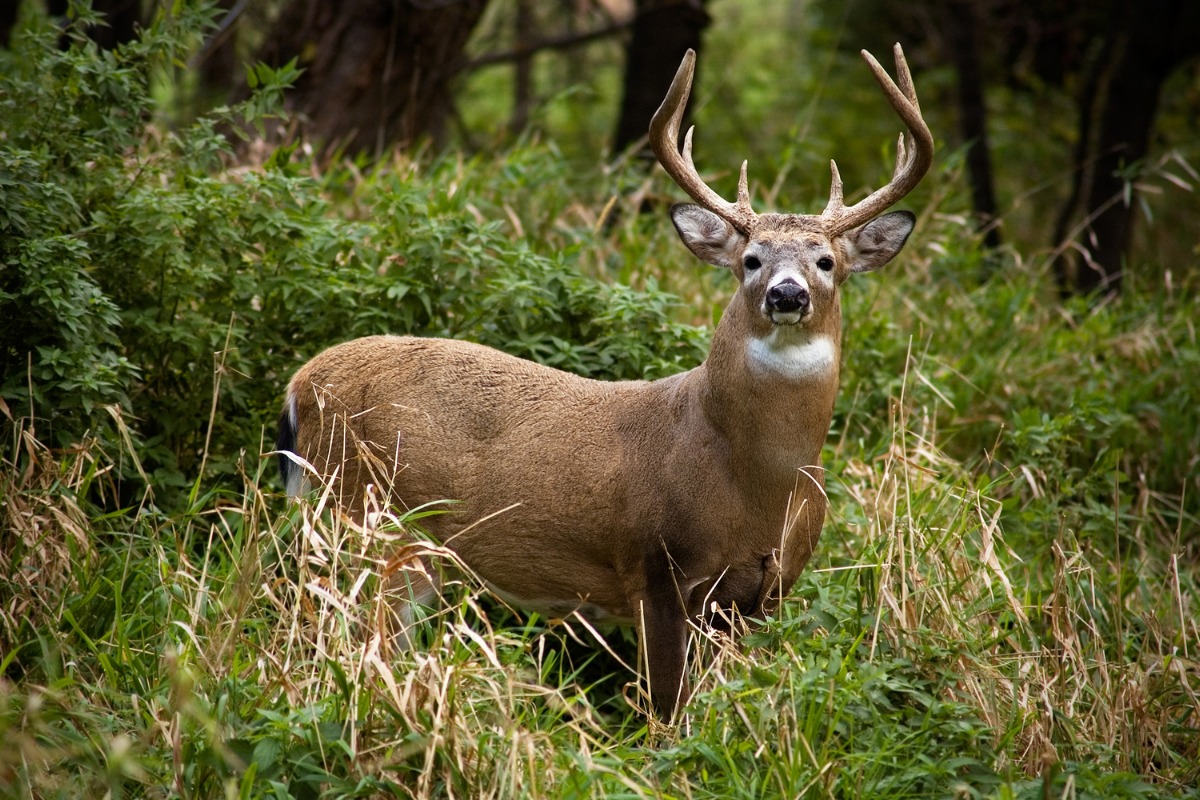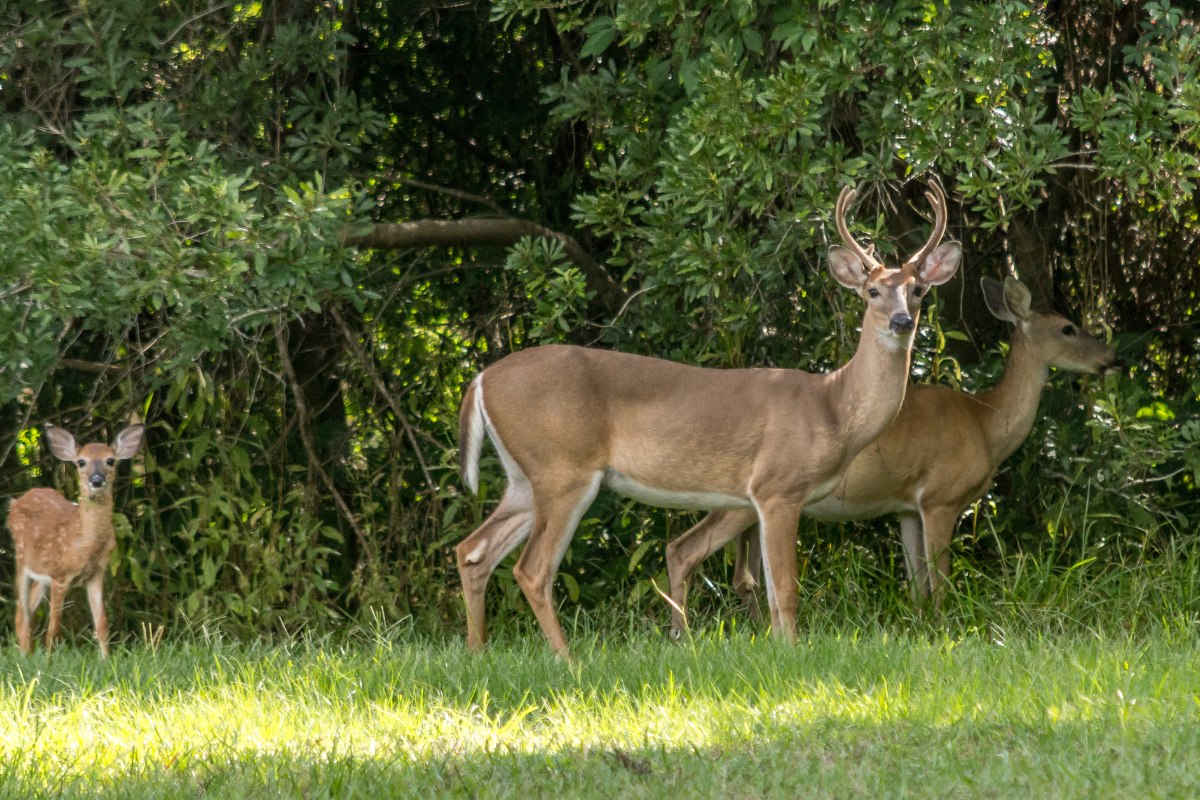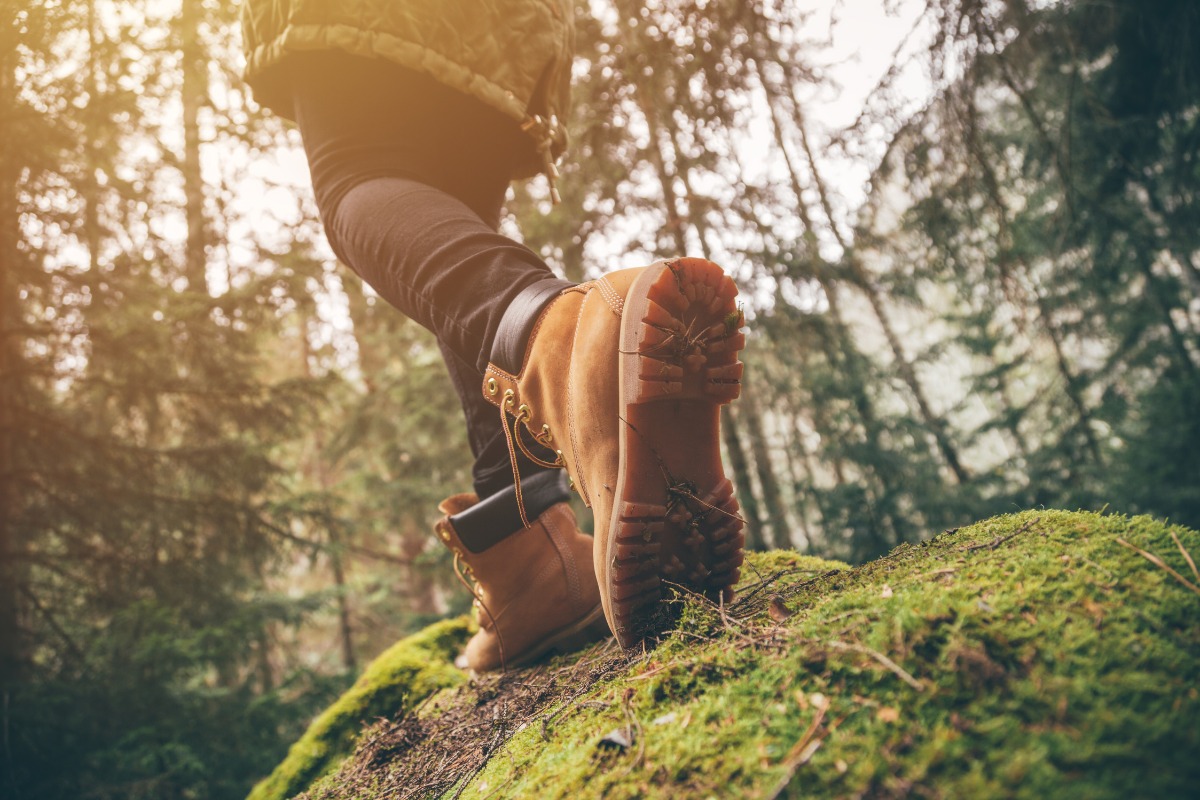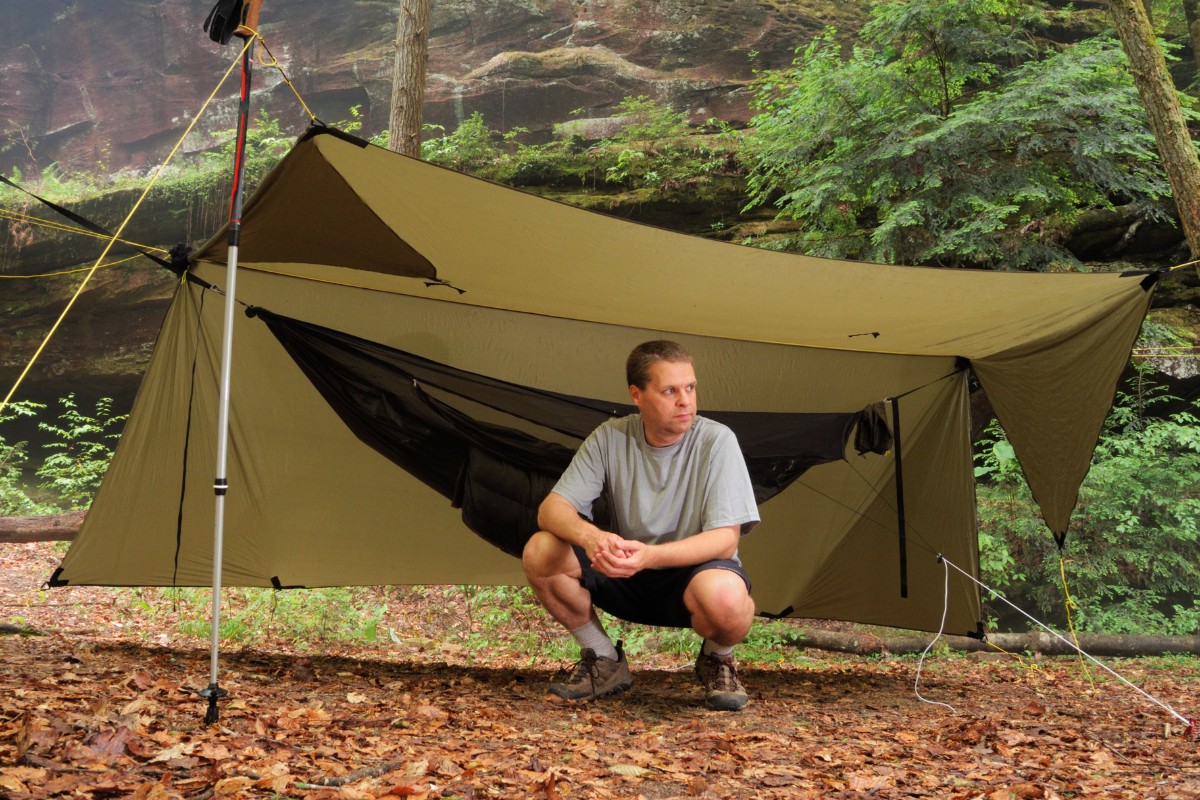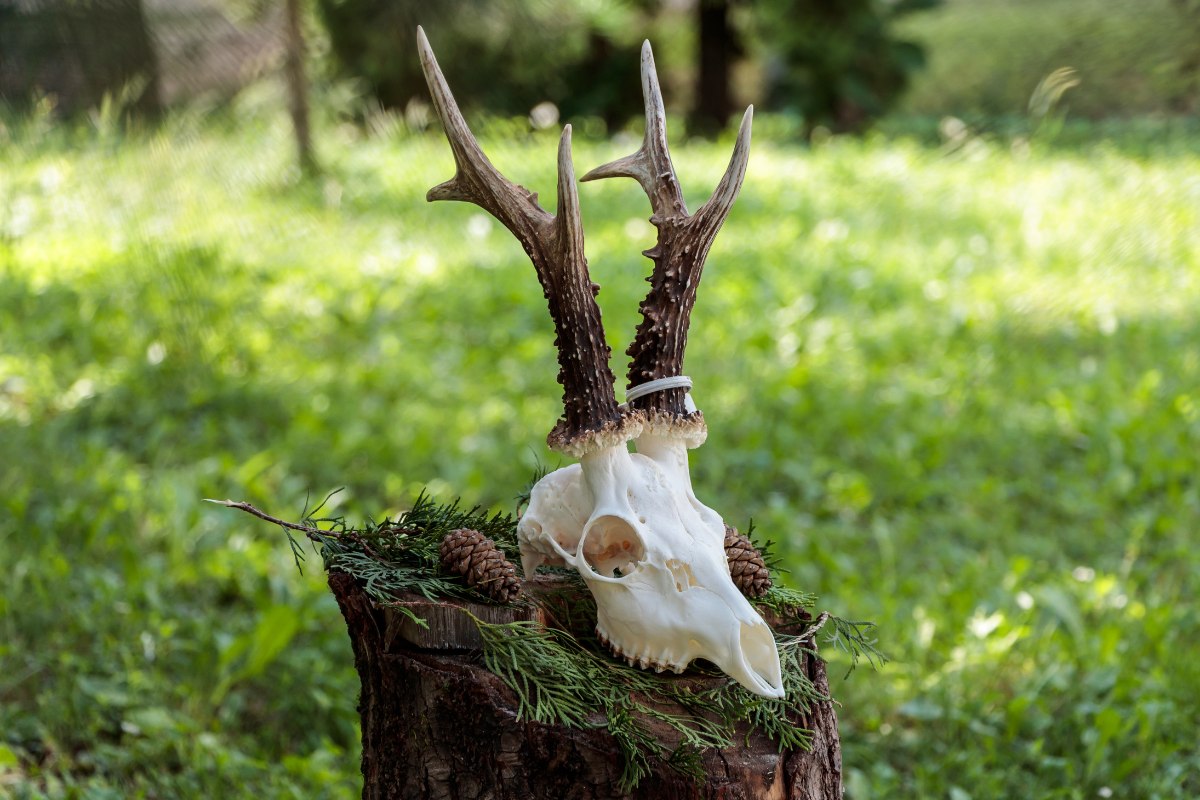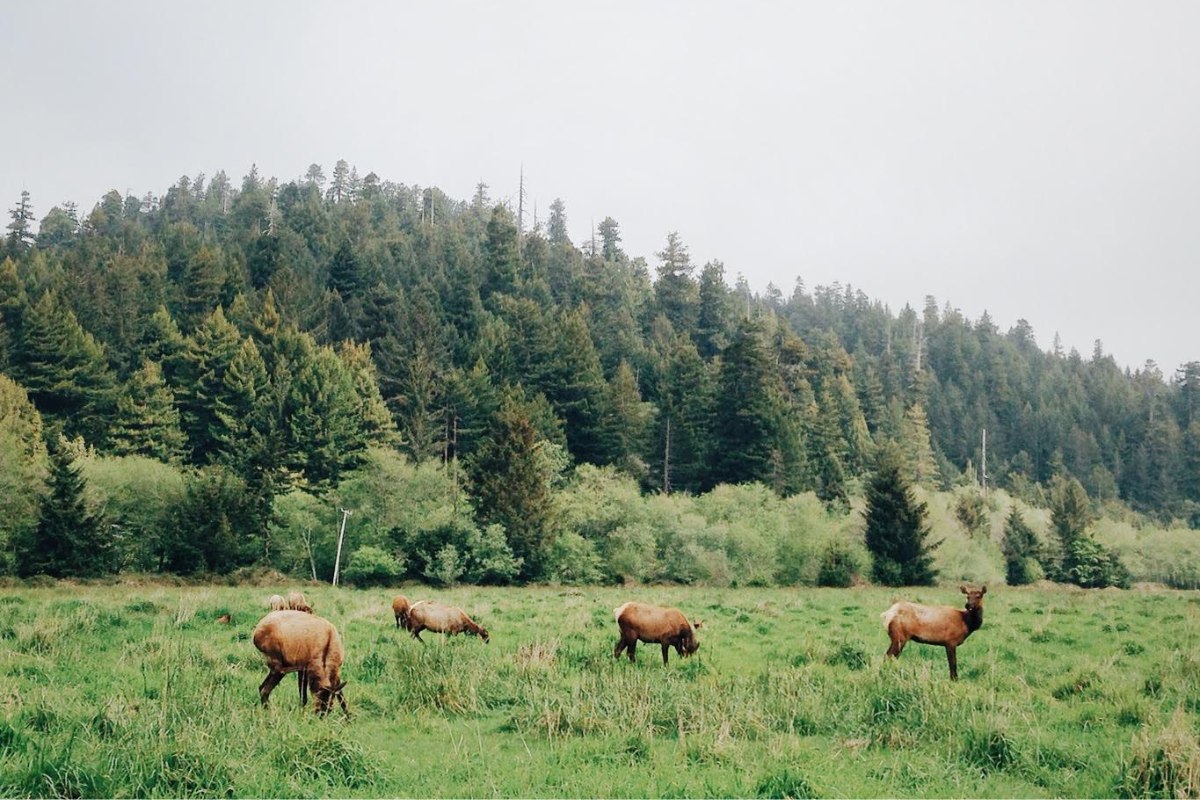Field dressing a deer (gutting) is an extremely important step in the recovery of your deer and preparing it for the table. Removing the inedible/undesirable organs and tissue will prevent or limit the opportunity for fluids and gases from the stomach or G.I. tract from escaping and tainting the meat, reduces the weight of the body by about 20% which aids in dragging, and allows the body to begin cooling. Field dressing your deer as soon as possible will help to eliminate poor tasting or “gamey” flavor that some associate with venison.
For a beginner with his/her first deer, field dressing a deer can seem like a daunting task, requiring a special skill set. In fact, it can be quite simple, and once you have a few under your belt, you will be an old pro. But where to start?
How to Field Dress a Deer
The first step is to make a small incision along the centerline of the abdomen between the rear legs. To do this, take a sharp knife and, with your fingers, raise the hide and make a shallow cut around the genitals of a buck or the utter of a doe. Separate these organs from the body without cutting any meat and do not sever the urinary tract of a buck. By doing so, you risk urine escaping and possibly tainting the meat of the hams. Instead, pull the genitals toward the back and leave them; you’ll come back to them in a minute.
Now return to your centerline and make a shallow incision through the abdomen wall. You literally want to use the tip of your knife to slowly and carefully penetrate the wall. Once you have your opening, if you have a “gut blade” (knife edge with a rounded tip), insert it and open the abdomen up to the deer’s sternum and stop. If not, insert your fingers and raise the abdomen wall. Place the knife between those fingers and with a shallow angle, continue the cut to the sternum. There is no need to cut through the sternum. By leaving the sternum intact, it helps to keep debris such as leaves, sticks, dirt, grass, etc. from entering the body cavity during the drag.
The stomach and intestines will start to roll out of the body. DO NOT puncture these organs at all costs.
Once you have the body cavity open, pull aside the liver (large dark organ) and find the diaphragm. Use your knife and following the ribs, cut through the diaphragm, muscle tissue forming a barrier between chest cavity and abdomen. Reach both hands into the chest cavity. With your off-hand, feel for the top of the heart and pull towards yourself. Using your knife in your other hand, carefully cut through the wind pipe and arteries above the heart and your hand. Once you’re through, pull hard, and the heart and lungs can be easily removed.
Now that the heart and lungs are out, work your way back from the chest to the pelvis by pulling out the liver, stomach and intestines. Cut any connective tissues that pull taut. These organs should all come out together, leaving only the lower intestinal tract to the deer’s anus, bladder, and urinary tract. It is helpful if you are field dressing a deer near your home or camp to have a bucket or box in which to catch the guts. This will make it easier to transport to a disposal site when finished.
This next part is a matter of personal preference. You could cut through the meat and down to the pelvic bone. Then saw through the pelvic bone or at least well enough to press on the inside of the legs until the pelvic bone snaps down the center. Be careful when doing this, as the deer’s bladder is located just below the pelvis. Some prefer to leave the pelvis intact and cut under the bone to remove the G.I. tract. But by cutting/breaking the pelvis, you have the ability to peel the G.I. tract and, most importantly, the bladder through the pelvis without putting an excessive amount of pressure or risk poking the bladder with a knife tip. Busting the bladder will taint the meat and will ruin the flavor of the deer.
For example, one can use a Browning 3-blade folding knife that provides a skinning blade, gut blade, and saw. But small saws are available with a rounded tip specifically designed to split the pelvis. Even a hack-saw can do the job.
After sawing through the pelvis, slowly and carefully pull the urinary tract and G.I. tract between the pelvis and again cut any connective tissue as you go until you are past the pelvic bone. Cut the anus, genitals (buck), and the tracts from the deer. Then raise the head of the animal and empty any blood and clots that remain within the body cavity.
Congratulations! You just successfully field dressed your first deer! We hope that by reading this you have a little more confidence when the time comes. Once you’re in up to your elbows, literally, you will realize that it isn’t as difficult as you may have feared.
Common Questions
Q: Do you field dress your deer where you killed it?
A: It depends on where you are. If you are in a hot area that you plan to hunt again soon, close to your stand, or accessible by a vehicle or atv, you should not field dress the deer on the spot and will move the deer away from the area. If you are at a location that you do not plan to hunt again for a week or more, have a difficult drag to leave the area, or it would take more than 15 minutes to get several hundred yards away, you could field dress the deer where it lies.
It’s often seen that deer walk right by a gut pile without care and spook at the first hint of a blood trail. So, it is not worth taking the risk.
Q: Do you save any of the organs for eating?
A: You can keep the heart if it is not damaged by the shot and the liver.
Q: What if I gut shot my deer?
A: Then you have a smelly task ahead of you. The process is the same once you have recovered your deer, but you will want to field dress it as soon as possible.
